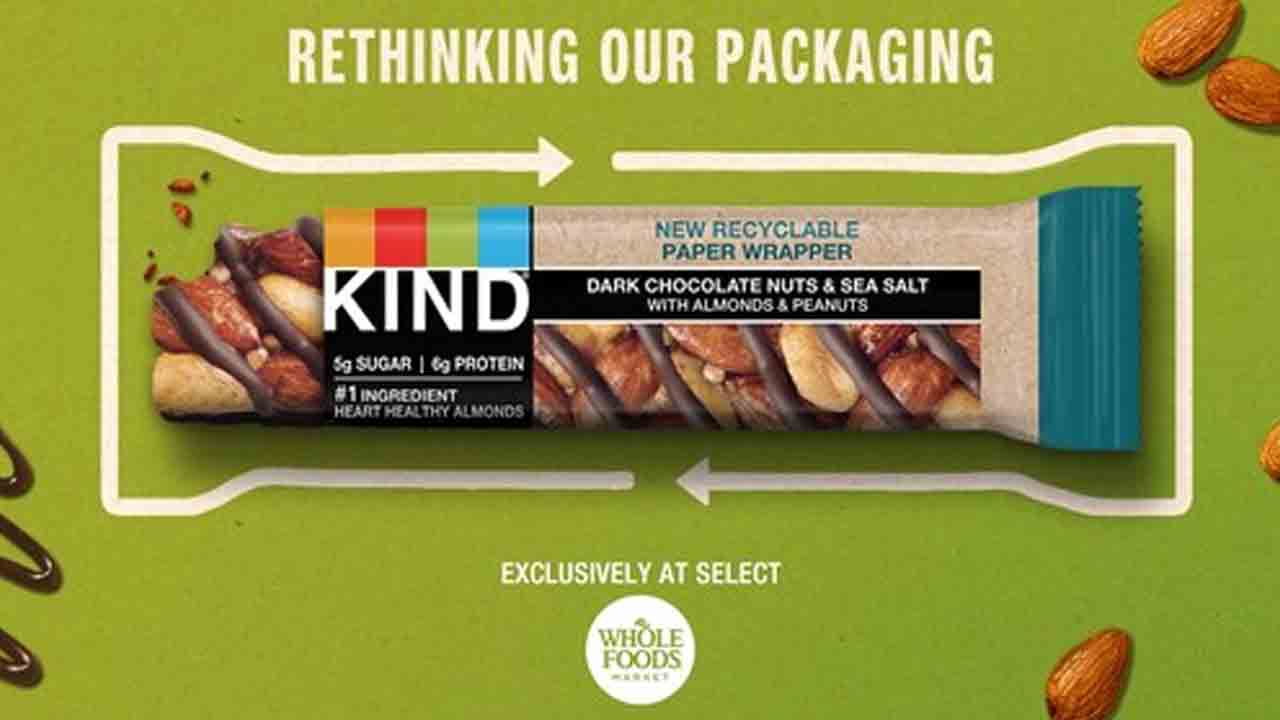Brand owners provide food for thought

RotoMetrics’ Future of Print event at its UK production site in Aldridge featured three very interesting presentations by brand owners, each providing food for thought for the assembled group of label and packaging converters.
A ‘no holds barred’ presentation from Ian Schofield, own label and packaging manager at Iceland, the UK’s biggest retailer of frozen foods, left converters in no doubt of the company’s priorities.
Schofield said ‘quicker and smarter’ described Iceland’s own brand (private label) strategy. ‘We have to get to market faster than anyone else.’
He described how the recent launch of a Pizza Express product took just eight weeks from concept to shelf, including ingredient formulation, testing and brand and packaging development.
‘This is how fast we are moving. And with multiple variants.’
In terms of positioning, Iceland sits between the discounters and the ‘big five’ UK retailer giants and claims to be the fastest-growing on a like-for-like basis, as well as number one in online trading. ‘Amazon will push the bar up here and we have to react quicker.’
Over 70 percent of what the company sells is own label and packaging is key to Iceland’s growth strategy. Packaging design needs to promote Iceland’s core drivers, which include healthy eating, product provenance (‘farm to fork’), the growing influence of ‘spice’ in recipes, and so on.
For the 25 brands controlled by Schofield, no design stays on shelf for more than 6-9 months.
‘And I never print same job twice. There is always a ‘flash’ or ‘award-winning’ or an ingredient change. This is a massive change for the industry: run lengths are coming down as we sell more. We want specific packaging for a specific moment – for a sports event, seasonal etc. Long runs will never come back because we are so adaptive to the market.’
At the same time, quality is a given. ‘Flexo must be high definition. We only print once so quality must be perfect.’
All these drivers point towards digital, said Schofield. ‘We don’t want stock – it’s gone for product and packaging. No more write-offs. We used to spend half a million pounds putting packaging in the bin. No more.’
Digital print today accounts for around 5 percent of Iceland’s own label packaging. ‘I like the fact there are no plate costs. And now we’re looking at primary and secondary packaging like outer cases. Also at vertical integration into our factories – my own print plant next to my production plants? Should I do that myself or leave it to the experts? This is what we’re thinking. Think personalization; no waste; lead time is days not weeks; and we’re in and out of products really quickly.’
With digital presses getting wider and inkjet ‘looking good and cheaper’, Schofield said there was no longer an issue with substrates, though finishing is ‘not completely resolved’. Print finishes will be important, he said, including more blocking and varnishes in everything from perfumery to food packaging.
Schofield explained that digital is not just about print. ‘We use the same digital assets across all media. POS, mobile, call centers etc. And we’re using more images from a central database to allow us more control.’
Iceland’s speed to market requires rapid and automatic processing of artwork. Schofield has built his own artwork standards at Iceland with an asset management system that brings together ingredients, artwork and photography automatically and without human intervention.
Smart packaging is another area where Schofield is working hard. ‘When is a product at its best, and not just “best before”? We are thinking temperature control from field to fork. Now you can scan your fridge with a mobile phone and it can do things that are very interactive, and these apps are getting better.’
Concluding, Schofield said Iceland is looking for innovation – but the right kind of innovation.
‘It’s the little things that make the difference. I’m not looking for revolution, but for you to make my machines run 5 percent quicker, or provide a barrier that can add another day’s shelf life on cooked meat. I do need exclusivity and I need consistency and honest value for money – and that does not mean cheap!’
Coca-Cola talks futures
Gregory Bentley, global SME lead for decoration technologies at Coca-Cola Beverage Services, explained how the group’s marketing has been revolutionized by postponement, or late stage decoration made possible by in-line labeling instead of direct print. This has allowed Coca-Cola to reduce stock, lower total packaging cost and reduce lead times.
Any innovation presented by Bentley to the group’s bottlers has to pass stringent performance tests. Labels must operate flawlessly on high speed lines running at 600+ bottles a minute, or up to 150m/min on thin and delicate (30 micron) films in a wet environment, and with huge costs if the line is forced to stop.
This is the context for the introduction of the Bow Label, the supply chain for which was even more complex than the Share-a-Coke campaign covered previously in Labels & Labeling.
Looking to the future, Bentley said customization and personalization should be added to the standard drivers of speed, cost, quality, flexibility and response time. But he stressed there is no automatic reason to suppose that digital will become the dominant process – it should be used only where there is a definite reason. Indeed, Bentley presented his own design for a new iteration of the flexo process – the ‘rolling plate’ flexographic process where a loop of plate material replaces the fixed plate.
From a different part of the drinks segment came Paul Currie, founder of the Lakes Distillery.
The brand is a unique blend of whiskies from across the United Kingdom, and now encompasses a premium restaurant. Under the slogan ‘The One British’, the brand is designed with a contemporary, high-end feel using a mixture of direct bottle decoration and labeling.
‘It is difficult for us to know what technology is out there that we can take advantage of,’ said Currie. ‘We have ideas that our labels can be part of our media offering – that you can scan QR codes with smartphones. And as a new company a lot of our marketing is through social media.’
The need for a unified branding strategy is particularly important as Lakes Distillery plans to diversify into gin, and needs its labels both to unify the brand and describe the difference. Differentiation comes from telling a unique story, said Currie, noting consumer trends where ‘people have stuff but want an experience. So they want to know where a product comes from and what’s in it – and we have a great story to tell through our label design. People must know these products all come from the same company, and this also helps us sell the whole range to retailers.’
A key part of the messaging is the use of local Cumbrian botanicals for slo and damson gins. ‘These have contemporary looks and the label colors are matched to the liquid’. Next on the roster will be flavored Vodka using local waters, raising more fascinating branding challenges.
Stay up to date
Subscribe to the free Label News newsletter and receive the latest content every week. We'll never share your email address.


